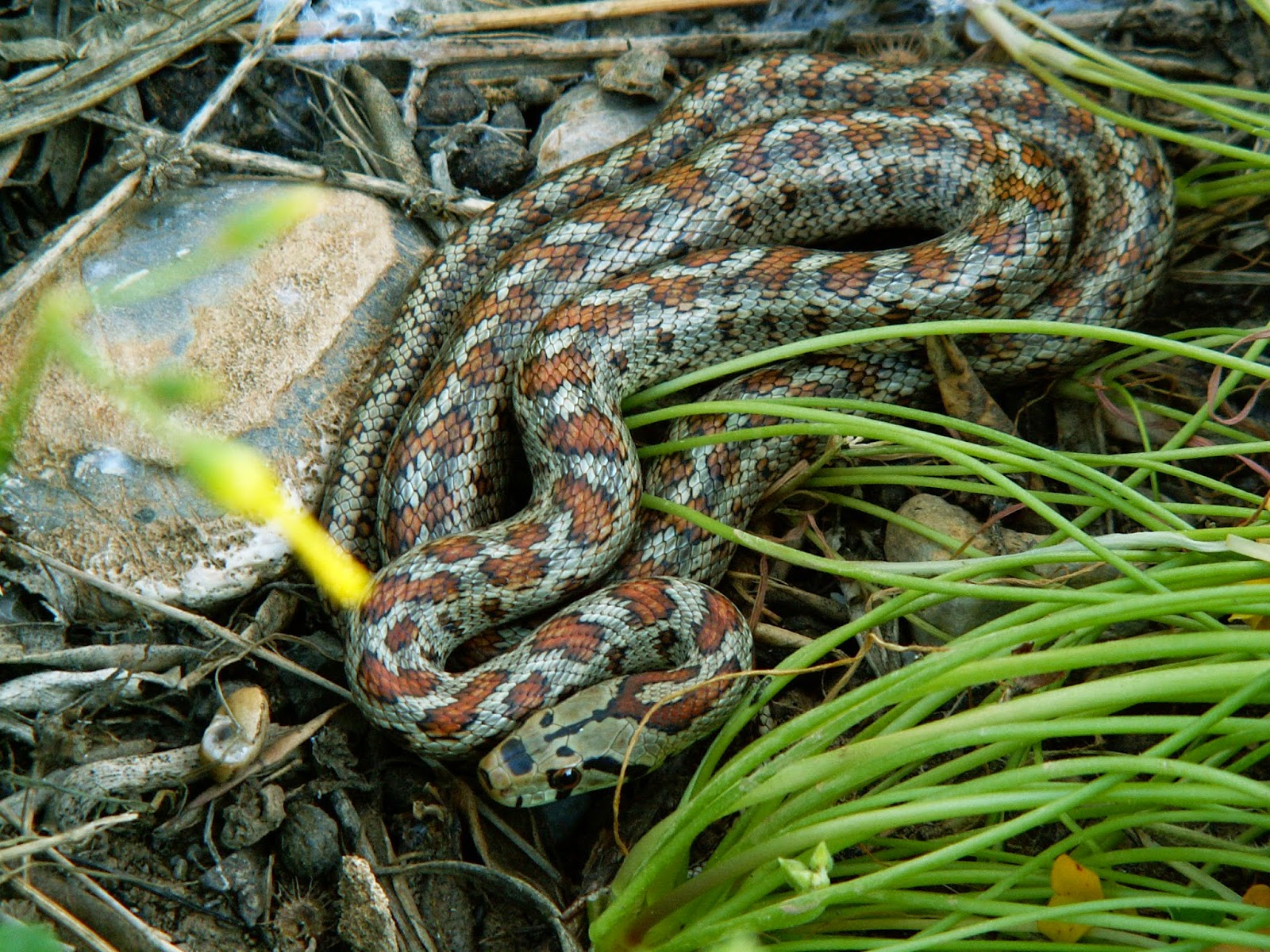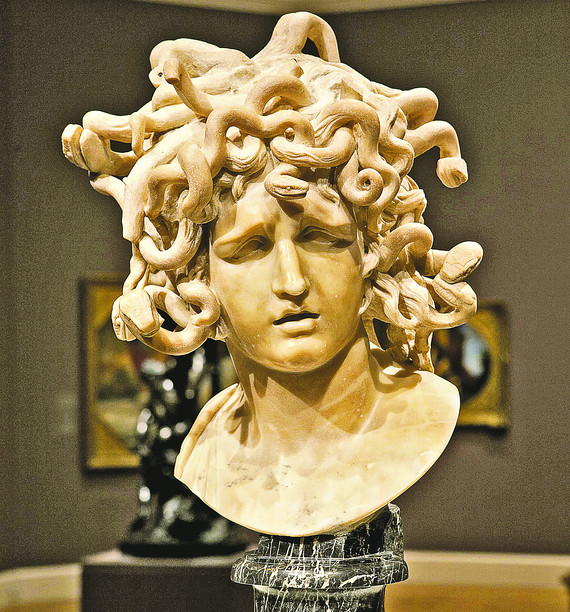So, the Gorgons had hairs of the snakes. Was it ever recorded what kind of snakes they were?
I have a couple of quotes
The spattered desert gave them life as snakes, smooth snakes of many kinds, and so that land still swarms with deadly serpents to this day."
The Gorgones' heads were entwined with the horny scales of serpents, and they had big tusks like hogs, bronze hands, and wings of gold on which they flew.
Mopsos, stepping forward with his left foot, brought the sole down on the tip of the creature's tail, and in its pain the snake coiled round his shin and calf and bit him halfway up the leg tearing the flesh . . . The poor man was doomed. A paralysing numbness was already creeping through him, and a dark mist began to dim his sight. Unable to control his heavy limbs, he sank to the ground and soon was cold . . . Mopsos was dead; and they could not leave him in the sunshine even for a short time, for the poison at once began to rot his flesh and mouldering hair fell from his scalp.
Can ya'll find the snake type? Or a quote that says so?



